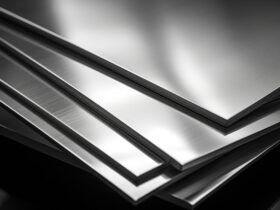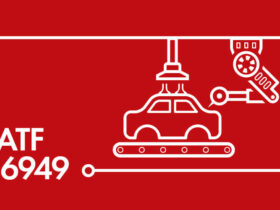Tension members in a structure, such as cables or reinforcing bars, carry enormous loads while remaining relatively lightweight. This property allows engineers to create structures that defy gravity, spanning great distances or rising to impressive heights without bulky support systems. Anchoring systems have come a long way from simple bolts and ties. Modern anchoring techniques have evolved to meet the demands of increasingly complex structural designs and challenging environmental conditions. These advanced systems are designed to distribute loads more efficiently, resist dynamic forces, and provide greater flexibility in structural design. Some key developments in anchoring technology include:
- Post-tensioning systems – These allow for the application of compressive forces to concrete structures after the concrete has hardened, enhancing strength and reducing cracking.
- Chemical anchors – Using advanced adhesives, these anchors provide exceptional holding power in various materials.
- Expansion anchors – These anchors expand within the base material to create a solid mechanical bond.
- Undercut anchors – These anchors provide some of the highest load capacities and create a mechanical interlock with the base material.
- Helical anchors – These screw-like anchors are ideal for soil applications, offering high pull-out resistance.
Advanced Geotec anchoring techniques find applications across a wide range of structures and industries:
- Skyscrapers – High-rise buildings often employ post-tensioning systems to create more robust, flexible structures that withstand wind loads and seismic activity.
- Bridges – Cable-stayed and suspension bridges rely heavily on advanced anchoring systems to support enormous loads over long spans.
- Dams – Anchoring systems are crucial in securing dams to their foundations and managing the immense water pressure they face.
- Retaining walls – Advanced anchors help stabilise retaining walls, allowing for taller and more stable earth-retention structures.
- Offshore structures – Sophisticated anchoring systems secure oil rigs, wind turbines, and other offshore installations in the challenging marine environment.
- Tunnels – Anchoring systems reinforce tunnel walls and prevent cave-ins during and after construction.
- Stadiums – Large-span roofs in modern stadiums often rely on tension structures supported by advanced anchoring systems.
Innovations in anchoring technology
The field of advanced anchoring is continually evolving, with innovations pushing the boundaries of what’s possible in structural engineering:
- Smart anchors – Embedded with sensors, these anchors provide real-time data on load distribution and structural health.
- Self-adjusting systems – Some advanced anchoring systems automatically adjust tension in response to changing loads or environmental conditions.
- Composite materials – New anchoring systems are being developed using advanced composites, which offer superior strength-to-weight ratios and corrosion resistance.
- Nanotechnology – At the cutting edge of materials science, nanoengineered surfaces are being developed to enhance the gripping power of anchors.
- Biodegradable anchors – Researchers are developing anchoring systems that safely biodegrade for temporary structures or environmentally sensitive areas over time.
Advanced anchoring techniques are revolutionizing the way we build and think about structures. The power of tension allows these systems to create more substantial, flexible, and ambitious buildings and infrastructure. As structural engineering reaches new heights, advanced anchoring will become more crucial. These innovative systems are being used in everything from skyscrapers to geotechnical projects.












